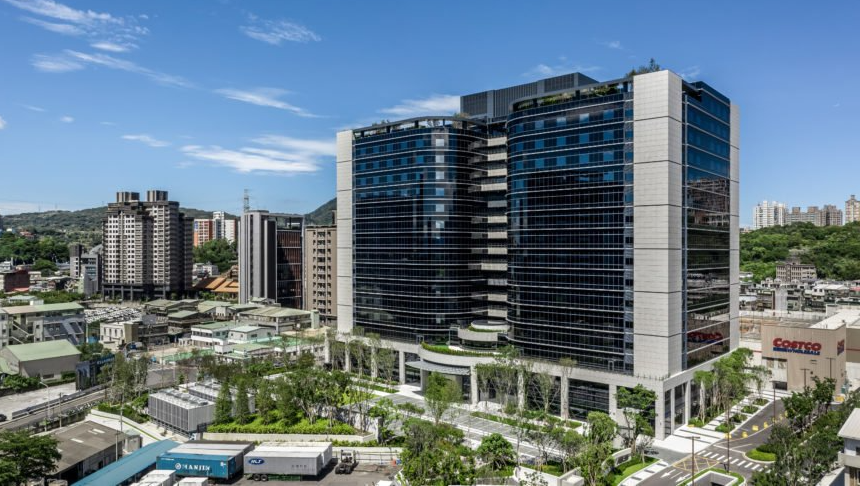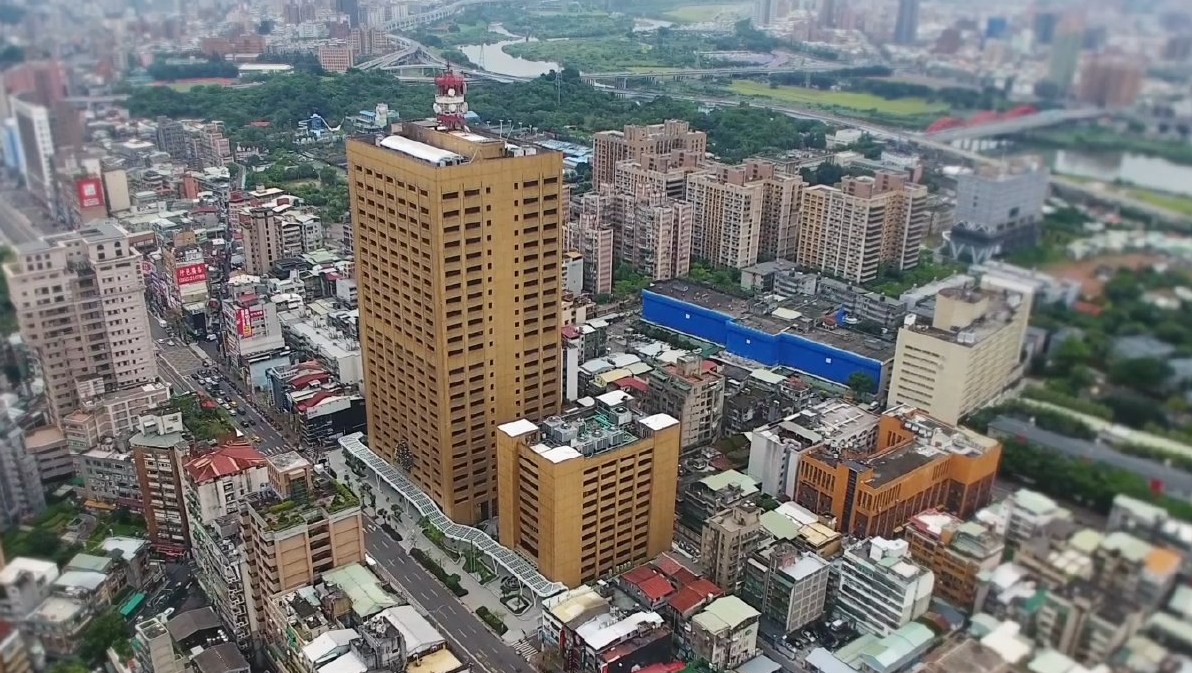LEED US Green Building Certification Service
LEED provides an overall qualitative and quantitative framework for green buildings. The introduction of LEED certification will work with owners and various design and construction consulting teams to understand how various green building strategies interweave and influence each other, achieve a balance between the economy, the environment, and society, and create concrete results of a sustainable vision.
LEED Introduction
LEED Leadership in Energy and Environmental Design
Initiated by the United States Green Building Council (USGBC), it is the world's most well-known and credible green building rating system. It is independently certified by a third-party certification agency GBCI based on the scoring results of nine major indicators. It is divided into four certification levels: certified, silver, gold, and platinum. It strives to effectively respond to environmental challenges while meeting the needs of a competitive market.


Integration Program
Integrative Process
Encourage integrated collaboration among project teams before design.

Location and Transportation
Location & Transportation
Assess the construction site's density, priority, proximity to facilities and services, and accessibility to public transportation systems.
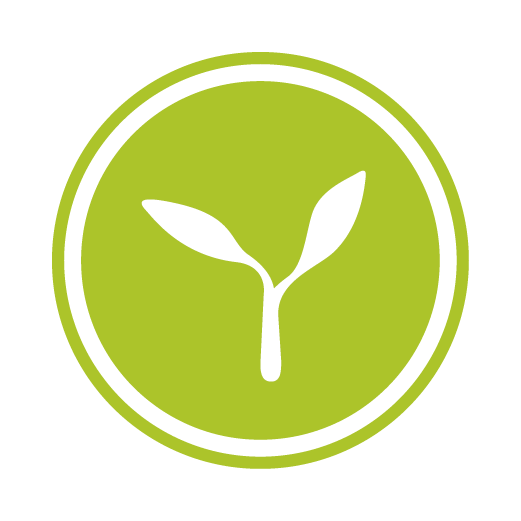
Sustainability Base
Sustainable Sites
Evaluate and build strategies for protecting ecosystems and water resources.
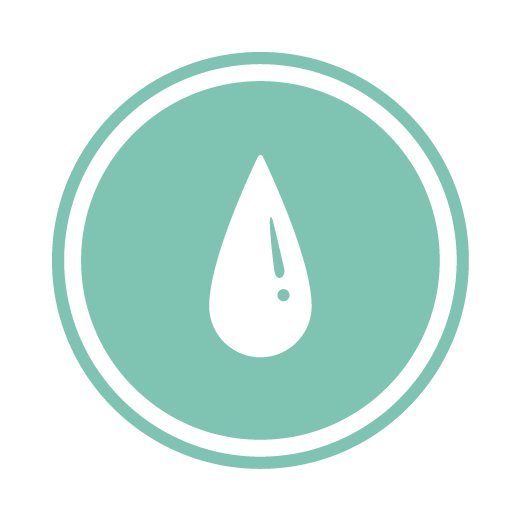
Water efficiency
Water Efficiency
Evaluate the building's indoor and outdoor water efficiency and water reduction from tap water.

Energy and atmosphere
Energy & Atmosphere
Evaluate a building's energy efficiency and measures to reduce greenhouse gas emissions.
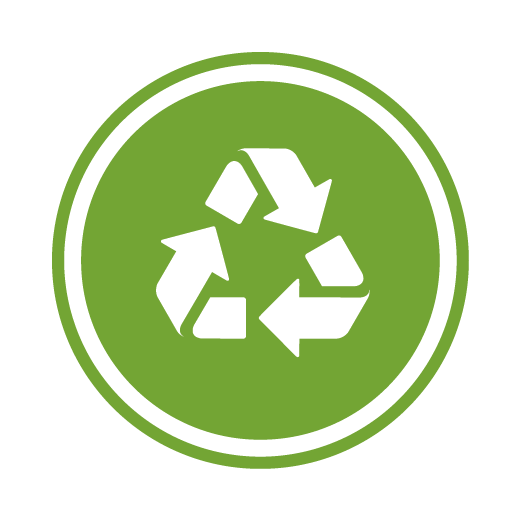
Materials and Resources
Materials & Resources
Evaluate waste reduction, resource recovery systems, use of environmentally certified building materials and control of hazardous substances.

Indoor environment quality
Indoor Environmental Quality
Assess indoor air quality, thermal comfort, noise control, natural lighting and light quality.

Innovative design
Innovation
Rewards innovative sustainable design and the involvement of LEED-certified professionals.

Regional Priority
Regional Priority
Projects are encouraged to use strategies that address regional environmental, social equity, and public health issues in specific areas.
“LEED ZERO is like an enhanced version of LEED, which is used to verify whether a building has achieved the net zero target, so as to prove that it is a benchmark building in the green building market.”
Melissa Baker, Senior Vice President of Core Technologies at USGBC
In order to strengthen the design of green buildings, USGBC launched the Net Zero concept in September 2020, encouraging projects that have obtained LEED BD C or LEED O M certification and projects that have registered to apply for LEED O M certification to aim for "zero carbon", "zero energy", "zero water" and "zero waste".
Zero Carbon Emission
LEED Zero Carbon
Carbon emissions from energy consumption or movement of people in the past year could be avoided or offset
Zero energy consumption
LEED Zero Energy
In the past year, we have achieved zero energy consumption.
Zero water use
LEED Zero Water
In the past year, we achieved zero water consumption.
Zero Waste
LEED Zero Waste
Must obtain TRUE Zero Waste certification Platinum level
Green buildings are not just buildings, but the foundation for the safe, healthy and sustainable development of humans, communities and cities.
According to official statistics from USGBC, as of May 2022, there are 181 countries around the world that have registered projects and applied for LEED certification, of which a total of 84,968 projects have been certified (84,968 certified buildings). Some experts even predict that the global demand for green buildings will double every three years worldwide since 2018, indicating that LEED plays an important role in international green building certification.
Taiwan has made outstanding achievements in the development of international LEED green buildings. As of May 2022, 177 projects have been certified. As a member of the U.S. Green Building Council, Easyland has spared no effort in promoting the development of LEED green buildings. It has not only guided its clients to achieve many "firsts in Taiwan" and "firsts in the world", but has also expanded its market to ASEAN countries such as Vietnam, Cambodia, Malaysia, and Indonesia, assisting local clients with green building certification and design.
EasyLand Service Introduction
LEED certification has great benefits in energy conservation and carbon reduction, indoor environmental quality and reducing environmental impact. The E-Land team has successfully coached major domestic and foreign technology companies, large commercial buildings, indoor office spaces, and existing building renovations. E-Land is the only Building Energy Modeler (BEMP) certified by the American Refrigeration and Air-Conditioning Association (ASHRAE) in Taiwan. Through extensive coaching experience and accurate year-round, whole-building energy simulations, we provide owners or projects with the most effective customized green building strategy planning to meet their needs and implement corporate sustainability goals economically and with low risk.
1. Evaluation
LEED Green Building Introduction and Process Description
LEED Certification Feasibility Assessment Report
2. Case Execution
- Integrated Design Workshop: Collaborate with stakeholders to conduct design work in a feasible and cost-effective manner
- Setting level goals
- Professional LEED design and implementation advice
- Provide LEED education and training
- In response to leasing, pre-sale and publicity needs, you can apply for pre-certification
- LEED Document Submission
- Obtained LEED certification
- Assist with marketing plans and expand the benefits of certification
3. Performance Verification
- Mechanical systems: including HVAC&R equipment and controls
- Pipeline system: including hot water system, water pump and control
- Electrical systems: including power distribution, lighting and daylighting controls
- Renewable Energy System
Milestones
| 2014 | July | Became the only building energy modeler in Taiwan certified by the American Refrigeration and Air-conditioning Association (ASHRAE) |
| (Building Energy Modeling Professional, BEMP) Became a member of the U.S. Green Building Council (USGBC) | ||
| August | Became a member of the U.S. Green Building Council (USGBC) | |
| 2017 | April | Obtained the World Bank Group’s EDGE Expert qualification for green building |
| October | Completed Taiwan’s first LEED-V4 ID C Platinum certification (the sixth in the world) | |
| December | Completed Taiwan's first LEED-V4 BD C certification | |
| 2018 | March | Completion of Taiwan's oldest LEED-certified building |
| 2019 | February | Completed the first LEED-V4 ID C project in Vietnam |
| October | Completed Taiwan's first LEED-V4 BD C Platinum certification | |
| Completed the world's largest LEED-V4 BD C: NC Platinum certification at that time | ||
| 2020 | September | Completed the LEED-V4 ID C project for a well-known foreign company’s office in Taiwan |
| 2021 | February | Completed Taiwan's first semiconductor plant LEED-V4 BD C project |
| March | Completed the first LEED-V4 BD C project for the automobile exhibition center in Vietnam | |
| April | Completed the first LEED v4.1 O M project in Vietnam | |
| 2022 | May | Completed the first LEED-V4 ID C project for a bank branch in Taiwan |
Landmark Cases
Trinity Headquarters Office
Metropole Head Office
#Taiwan's first LEED V4 ID C Platinum WELL Gold certification
Asus Ligong Building
ASUSTeK Li-Gung Office Building
#Taiwan's first LEED-V4 BD C Platinum certification, the world's largest v4 Platinum project
Contact Us
